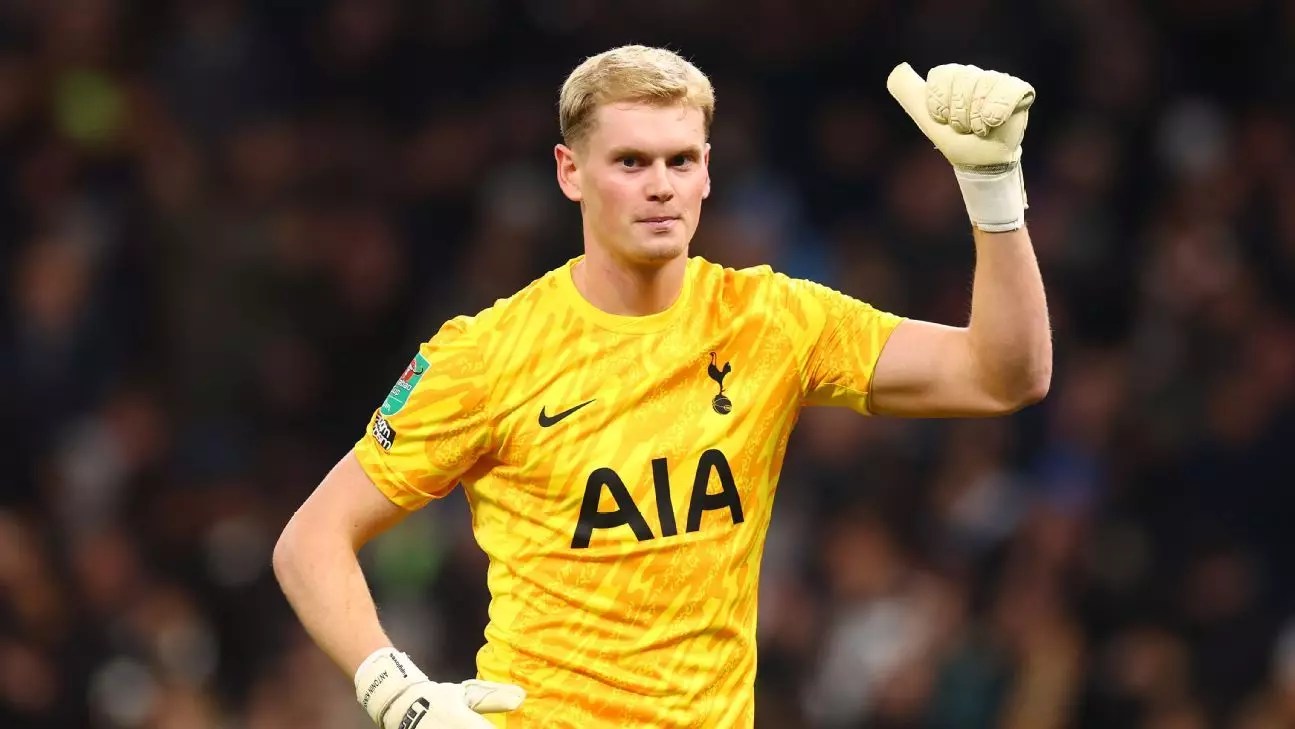The summer transfer window of 2023 witnessed a seismic shift in the Premier League, as clubs collectively invested close to £2 billion to bolster their squads. While this spree reflects the increasing financial muscle of the league, it also raises questions about sustainability and the impact on teams heading into the 2025 season. This article delves into the key transfer dealings, examining their potential long-term implications and assigning grades to notable signings.
High Stakes and Historical Context
The dizzying figures associated with the 2023 summer transfer window starkly contrast with last January’s paltry spending of just £96.2 million, the lowest in three years. Such fluctuations in transfer activity underscore the unpredictable nature of football financing. The sharp decline in winter transfer expenditure suggests a more cautious approach during mid-season windows, possibly motivated by financial fair play regulations or a natural safeguarding of resources. As clubs strategize for 2025 and beyond, they face the challenge of blending immediate success with a sustainable business model.
The Cherries’ Ambitious Acquisition
One of the more intriguing moves took place at Bournemouth, who scored themselves a promising left-back from Lanús, signaling their proactive approach amid increasing interest in their current starter, Milos Kerkez. The signing of Soler, a 19-year-old bursting with talent and aggression, demonstrates Bournemouth’s foresight and investment in youth. It’s particularly compelling considering the player’s link to the Argentine national team and the prospect of developing under the guidance of Andoni Iraola, a notable former full-back. Although the initial fee appears modest for such a high-potential player, the potential to reach a record-setting £11.5 million suggests good risk management on Bournemouth’s part.
Tottenham Hotspur made headlines with their multi-faceted recruitment strategy. The recruitment of Kinsky from Slavia Prague comes at a pivotal moment, particularly following the injury woes of first-choice goalkeeper Guglielmo Vicario. While Fraser Forster serves as a reliable backup, Kinsky’s ability to play out from the back aligns with Ange Postecoglou’s vision for a ball-playing goalkeeper. Early performances, exemplified in a solid showing against Liverpool in the Carabao Cup, have sparked optimism around his ability to contribute immediately while also holding promise as a long-term investment.
Furthermore, Spurs further bolstered their squad with the signing of Yang, crowned as the Young Player of the Year in the Korean League. The attraction of playing alongside compatriot Son Heung-Min likely influenced Yang’s decision, creating a scenario where both personal and professional aspirations align. The fee paid for Yang represents a low-risk investment for Spurs, especially given his impressive statistics from the previous season that indicate vast potential for growth.
Brighton’s acquisition of knack for unearthing talent was on display with the arrival of Gómez, who has swiftly transitioned from Paraguay to the MLS, and now to the Premier League. Brighton clearly recognizes the significance of his performances, especially those under the watchful eyes of Lionel Messi at Inter Miami. While the fee may seem relatively low when placed within the context of past deals, Brighton’s strategy emphasizes identifying players with high ceilings to develop and integrate into their system. This approach aligns with their broader philosophy of cultivating talent before reaping the rewards on the pitch.
As the Premier League clubs engage in their latest spending spree, the horizon for 2025 presents both excitement and uncertainty. While the immediate impact of these signings may elevate team performances, a looming question remains: how will clubs balance their growth with a sustainable financial model? The fluctuating nature of transfer windows suggests a continued need for prudent management to avoid the pitfalls of overextending resources or chasing unattainable goals.
The summer transfer window of 2023 showcased a remarkable willingness among Premier League clubs to invest heavily. The deals not only reflect a vibrant and competitive league but also set the stage for an intriguing few years ahead. Only time will reveal the true effectiveness of these strategic signings and how they influence the evolving landscape of English football.


Leave a Reply